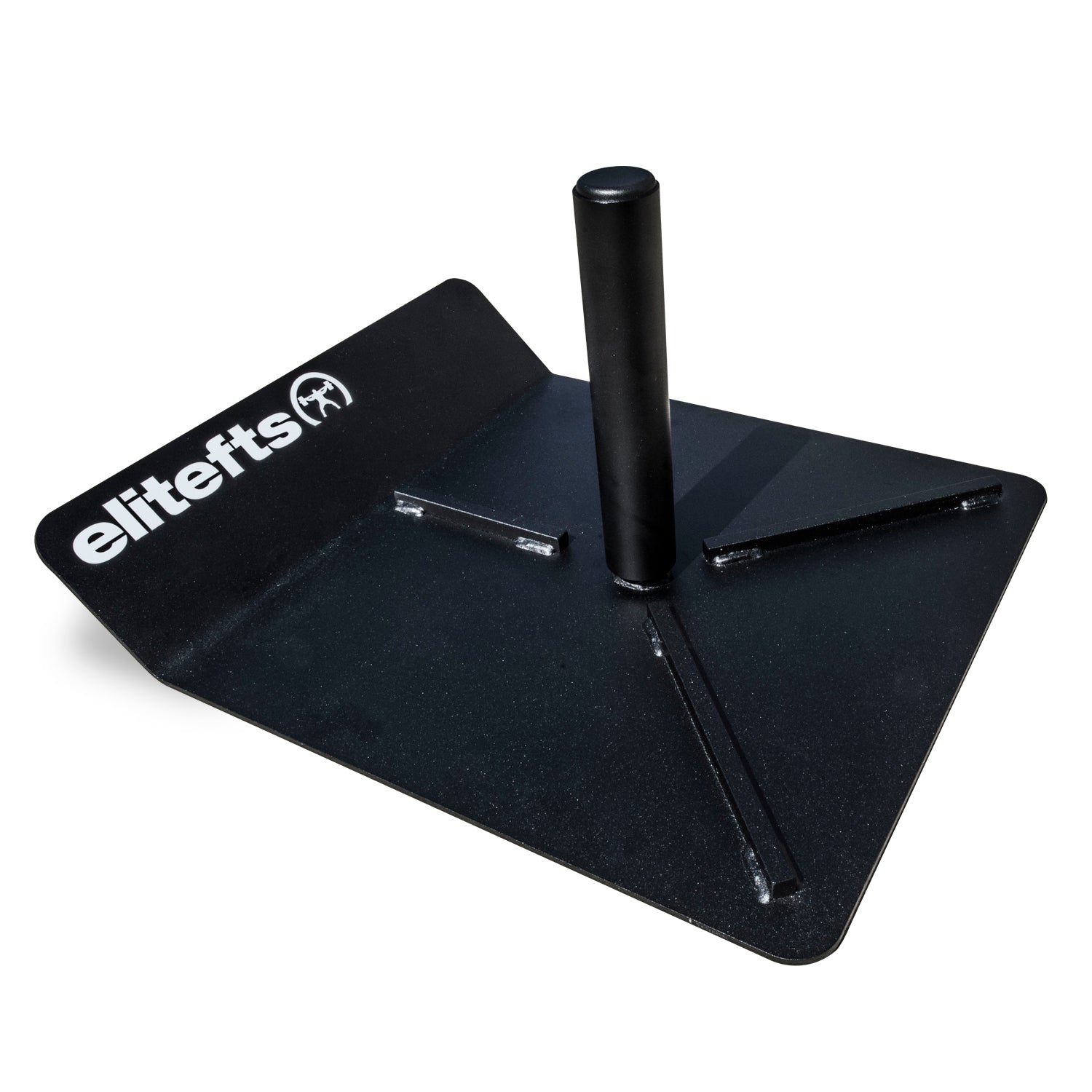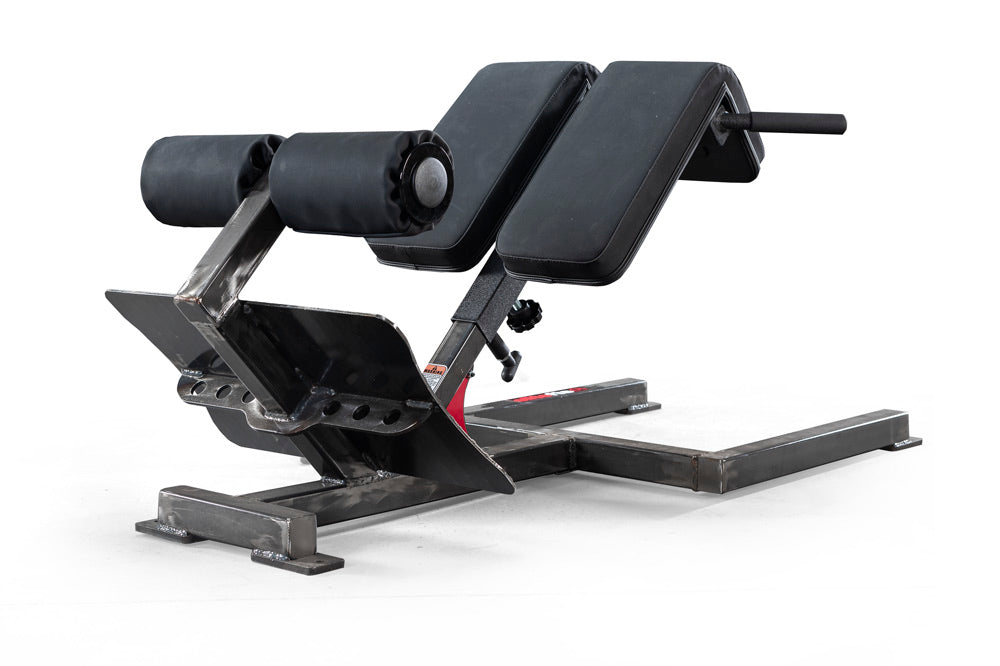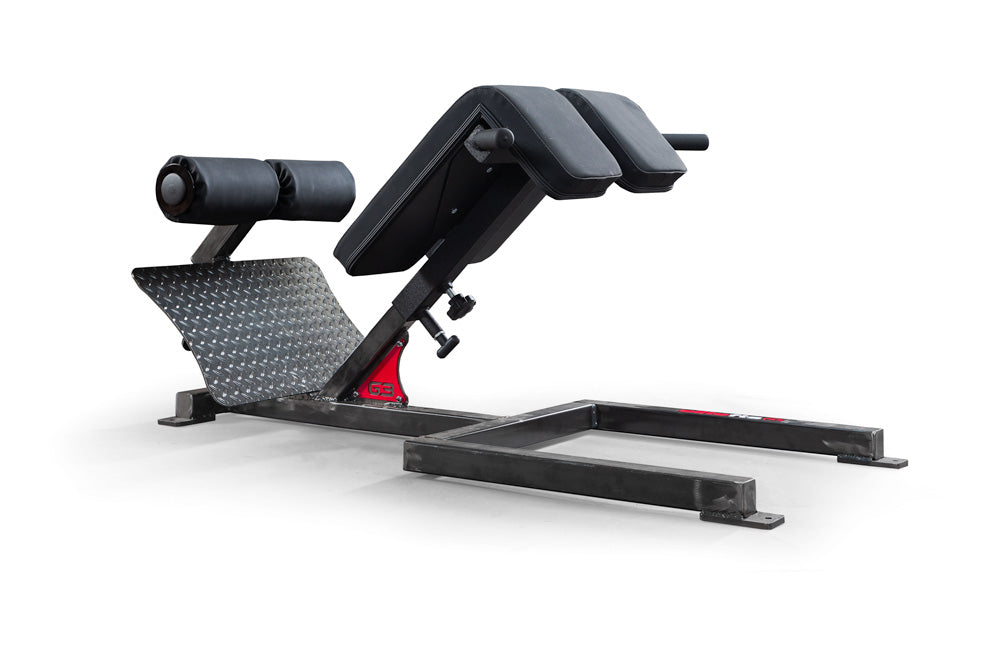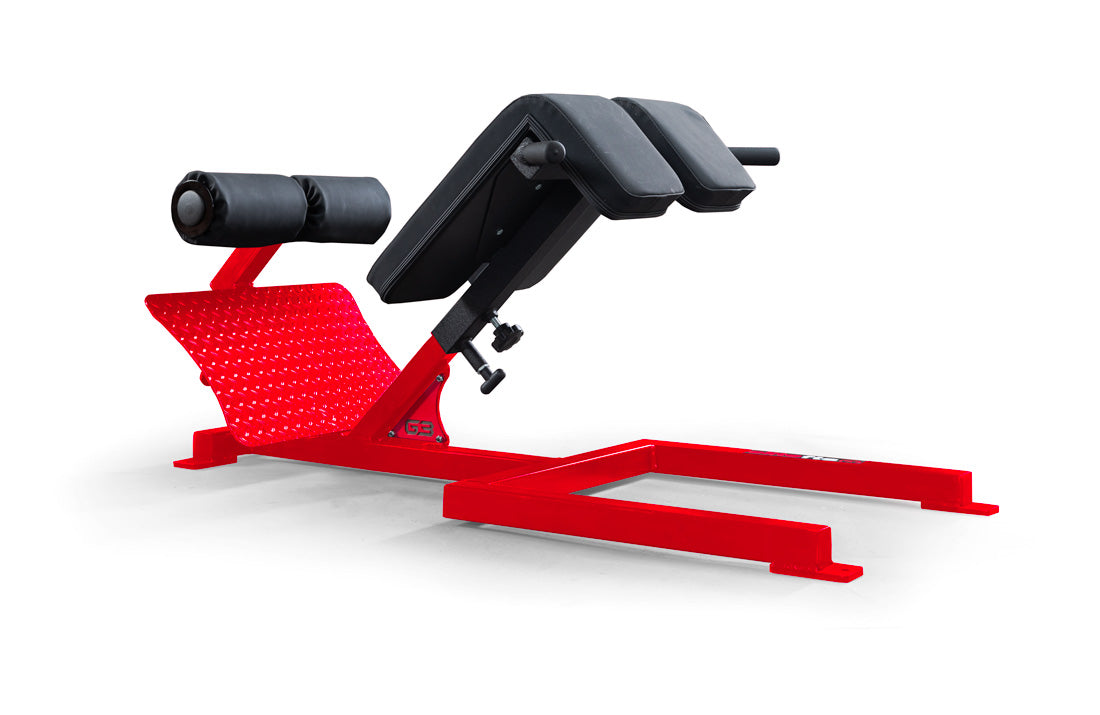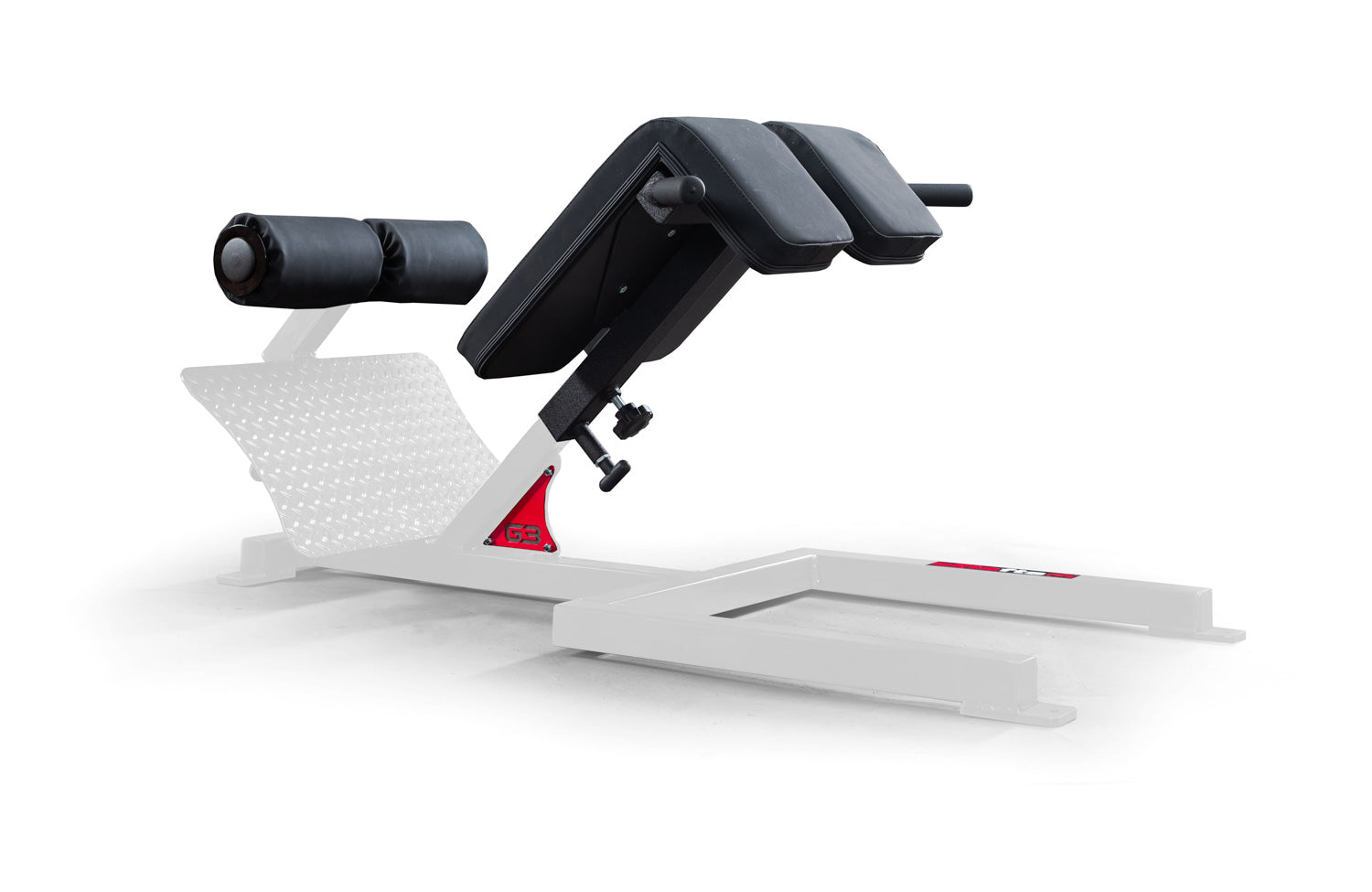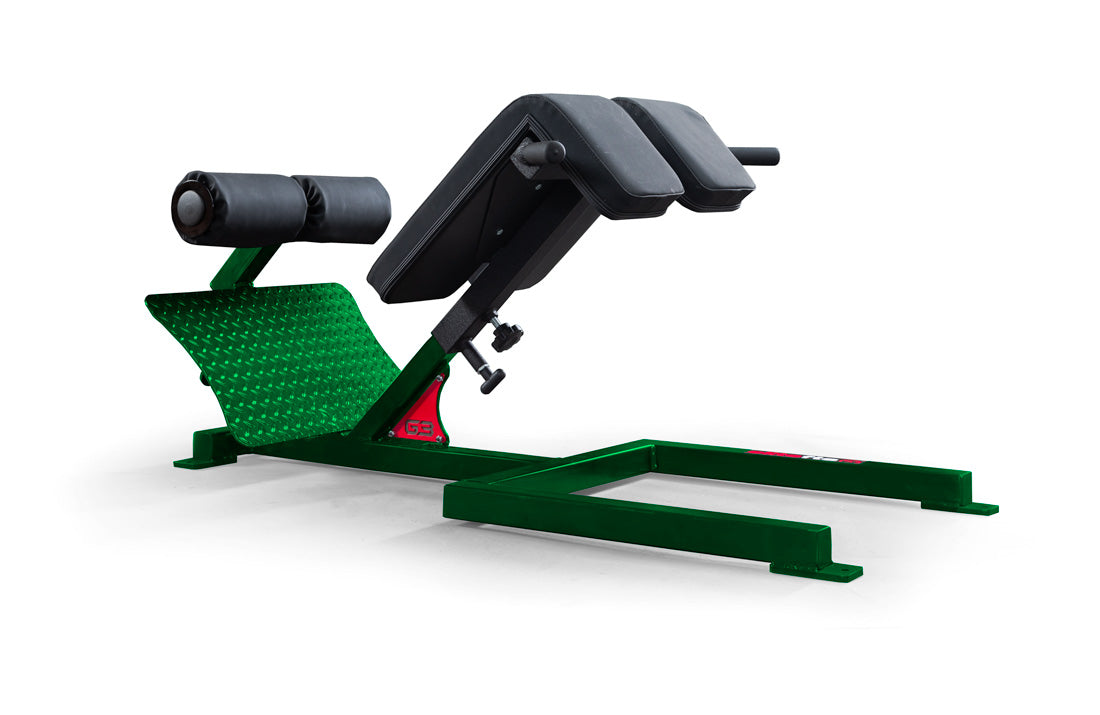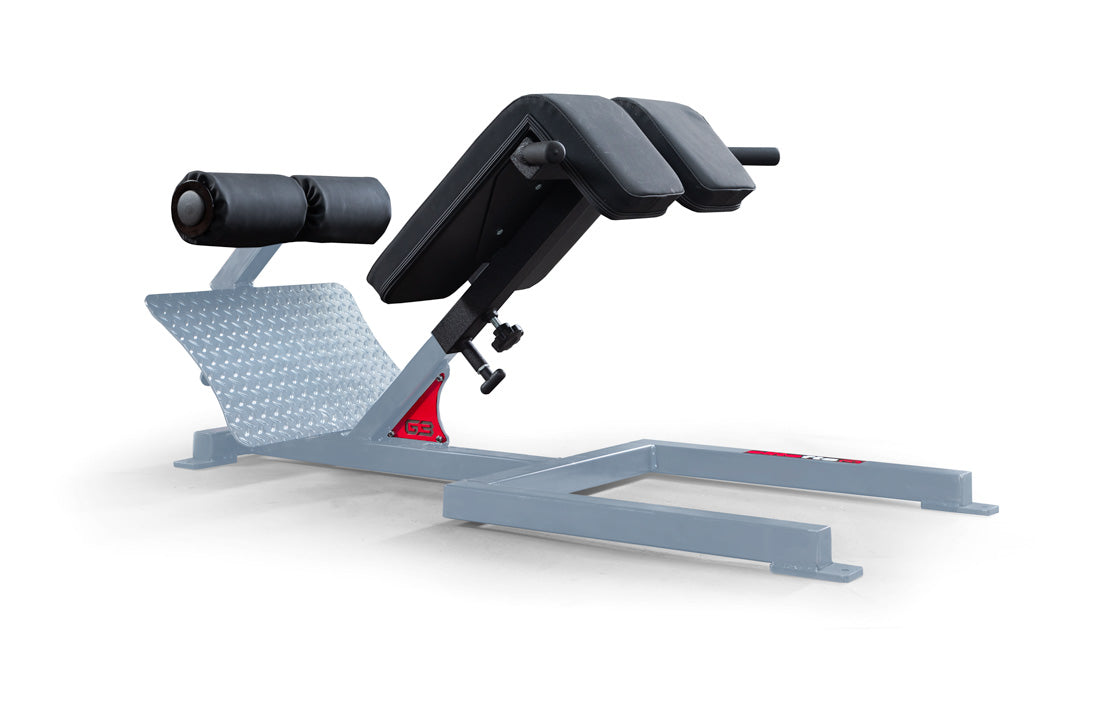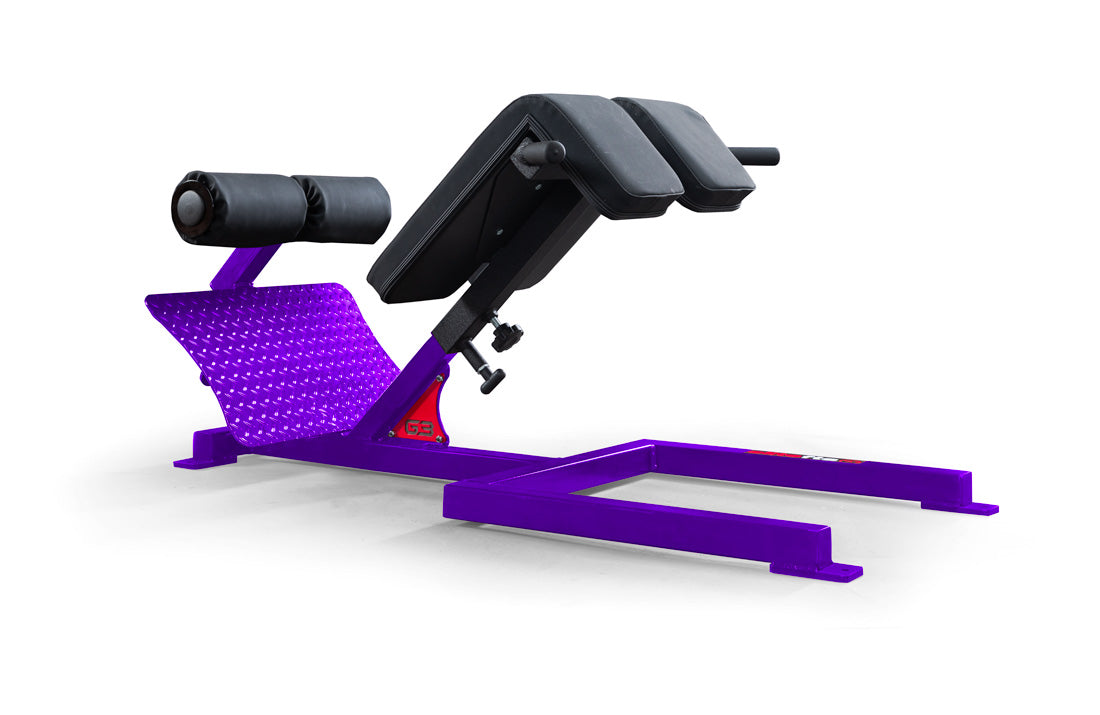
The time has come when we can’t access the gym unless you are lucky enough to have access to a gym or even better yet have a home or garage gym. For those of us who aren’t as fortunate, the coming weeks could be an excuse to get demotivated, let our negative emotions and thoughts occupy more space in our head, and become fat, unmotivated sorry sacks. The most important thing when it comes to training is to have something to work towards. For most people who read this blog, having something to work towards is easy because we lift weights to get stronger. Advancing our key lifts and totals are the only motivation we want or need. You will soon find when you start doing bodyweight exercise that it’s pretty fucking shit and boring. It’s meaningless work for work’s sake. That is if you let it be that. This article is going to lay out my plan for the coming period of time. It is officially three weeks in length (if you believe that), yet it would be more realistic to plan for a 3-6 week time frame (maybe longer). That is a long timeframe to let yourself get down and to slide backward in habits and work ethic. So we need a focus, and it needs to be a change of focus. We need goals in short.
Part 1: Goal Setting and Adjusting Your Nutritional Plan During the Apocalypse
Part 2: How to Adapt Your Training and Plyometrics During the Apocalypse
Part 3: Remaining Jacked and Tanned During the Apocalypse
Part 4: Setting Up Your Training Plan During the Apocalypse
Setting Goals for the Upcoming Period
My long-term exercise and fitness goals are not going to change. I am still planning on advancing my total in the 120kg class. However, with no gym, no barbell, no weights, and no rack, this is going to prove somewhat challenging. I have ordered a home gym that will hopefully get here by the end of the week; however, it will become part of the plan. It won’t be the plan.The Overall Goal
My overall goal is to finish this period in better general fitness. To be leaner, lighter, and aerobically better conditioned. It will allow me to enter into a more specific and intense powerlifting period of training.I don’t want to set a goal weight, but closer to 106-107 would be good for me.
Performance-Based Goals
- To improve my aerobic running fitness.
- To improve my muscular endurance and aerobic fitness with bodyweight workouts.
- To keep as much mass and muscle strength as I can while I can’t engage in a full powerlifting program.
Adherence Goals
- Perform an AM and PM training session every day, excluding Sunday.
- Fast to noon every day.
- Hit my protein target (250g per day).
- Weigh myself every morning.
- Develop a daily plan, the night before I go to bed and to stick to the plan.
- Get 7-9 hours of quality sleep each night.
Nutrition
One of the easiest things to get slack on or to let slip in the coming weeks is going to be your nutrition through boredom or comfort eating. It could be very easing to overeat and to end up piling on weight in the coming period. That, with a lack of activity, is not a good recipe for your physical or mental health. I have covered in previous articles (and others have with much better detail), the main points when it comes to any diet or nutrition plan. I will link to some resources if you want something a bit more specific or you want to upskill yourself. What I am going to be covering here are the linchpin points that are the 20 percent that will cover 80 percent of your results. Here are some links to resources you can start with to upskill yourself and understand more of the reasoning behind the advice that is about to follow.Understanding Energy Balance
The best way to understand energy balance (calories in vs. calories out) is to track your daily intake. The most commonly used app for this purpose is MyFitnessPal. If you want to know how many calories you should be taking in,you need to work out your b
asal metabolic rate — how many calories to keep you the same weight you are under bed rest conditions. Your activity modifier is to account for how active your lifestyle is. You can find the values using the above calculator. Remember, this is an ESTIMATION of what you need to eat daily to maintain your current bodyweight. You need to keep an objective track of measures such as your body weight, waist (cm), pictures, and body fat if you have the means to test. You then use these outputs to adjust your inputs (i.e., if you are gaining weight, you should eat less, if you are losing weight too fast, you should eat more). When it comes to weight management, calories are the crux of the issue. When you get the energy balance the way you want it (negative to lose weight, equal to maintain, and positive to gain weight), then you need to adhere to the plan and to use inputs/feedback to adjust the plan as required.
Protein Intake
After calories, your protein intake is the next most crucial aspect of the diet to get right. During a period of time when you can’t exercise to cause adaptation in the direction you want (i.e., you can’t get stronger because you don’t have enough weight or you can’t gain size because you don’t have appropriate loads), the best thing we can do is to maintain as much of the positive adaptation we have gained from training in the past and to try and push our training in a direction that will help us move forward. We will talk more about this when we get onto the training section of this article. If you are trying to lose weight, then you should have your protein intake high to try and encourage your body to use fat for fuel instead of muscle. If you are looking to maintain or gain weight, then your protein intake should be adequate when you are in energy balance or surplus. Your body is much less likely to oxidize protein (read muscle cells) for energy than when in a calorie deficit. If looking to maintain or gain weight, eat 1.8 - 2g of protein per kilogram of bodyweight. If you are looking to lose weight (more importantly, fat), eat 2 - 2.2g of protein per kilogram of bodyweight. In an ideal world, we would be looking to have this protein spread throughout the day in regular feedings of 20-25g or more every 2-3 hours. This will help to optimize muscle protein synthesis (to help promote your body to build muscle mass/repairing muscle tissue). However, as we will discuss, it’s the structure that will work for you and your habits that is the correct one to adopt.Setting Up the Framework
There are several ways you can go about setting up your nutrition or dietary approach.- Small meals every 2-3 hours
- Fasting with 2-3 main meals
- Three square meals a day (with optional planned snacks)
Carbohydrate and Fat Intake?
There isn’t much to be said when it comes to these variables that you wouldn’t be better off taking an hour or two to read about in the resources above. However, there is a lot to be said about the demonization of both these macronutrients. Low-fat diets are fad bullshit. Low-carb diets are fad bullshit. As long as you are in your calorie and protein intake for your goals, then play with these two variables. You shouldn’t be eliminating them from your diet— that is not a sound approach. You do have latitude around what you do with them, however. For the sake of your health, you should look to have a varied fat intake. Generally, it's recommended that 30 percent of your daily intake be fat. It should be split evenly from saturated, polyunsaturated, and monounsaturated. For carbohydrates, they have performance benefits for either endurance-based training (where your performance in training is essential) or if you are doing double sessions every day. You can modify your intake, so you have higher carb days for hard training days and lower carb days for rest days. But to be honest, it doesn’t matter. Just don’t avoid carbohydrates because ThEy sPiKe InSuLiN.My Diet
- I won't count calories because I'm not disciplined enough to keep a record of it. I am just going to eyeball it and go off scale weight.
- I'll get in 250g of protein a day (120 (kg) x 2.2g).
- I'll be fasting till noon, and I will have my last meal by 20:00.
- I'll be limiting alcohol to Friday and Saturday night.
- I'll weigh myself every morning, first thing, and use that to track my progress.
Header image courtesy of zabelin © 123rf.com
Marc Keys is a strength and conditioning coach and business owner. Marc's current full-time job is running
Cast Iron Strength—a strength and conditioning online service and training facility in Edinburgh Scotland where he delivers strength and conditioning coaching both in-person and online to over 100 powerlifters, strongman athletes, weightlifters, and athletes from many other sports. Before opening his facility and moving to Cast Iron Strength full-time, Marc worked in professional rugby from 2013 - 2017 with Scotland and Edinburgh rugby. Prior to working in professional sport, Marc worked for the Scotland Institute of Sport where he was involved in the physical preparation of around 60 Olympic and commonwealth athletes from over 20 different sports, many of whom went to medal for Team Scotland or Great Britain. As a powerlifter, Marc has been lifting in the IPF for twelve years. He has competition best raw lifts of 645-pound squat, 465-pound bench press, and 675-pound deadlift at a bodyweight of 248 pounds. Marc also holds a master's degree in strength and conditioning and a bachelor's degree in sports science. If you would like to contact Marc, email speedpowerperformance@
Part 2: How to Adapt Your Training and Plyometrics During the Apocalypse














